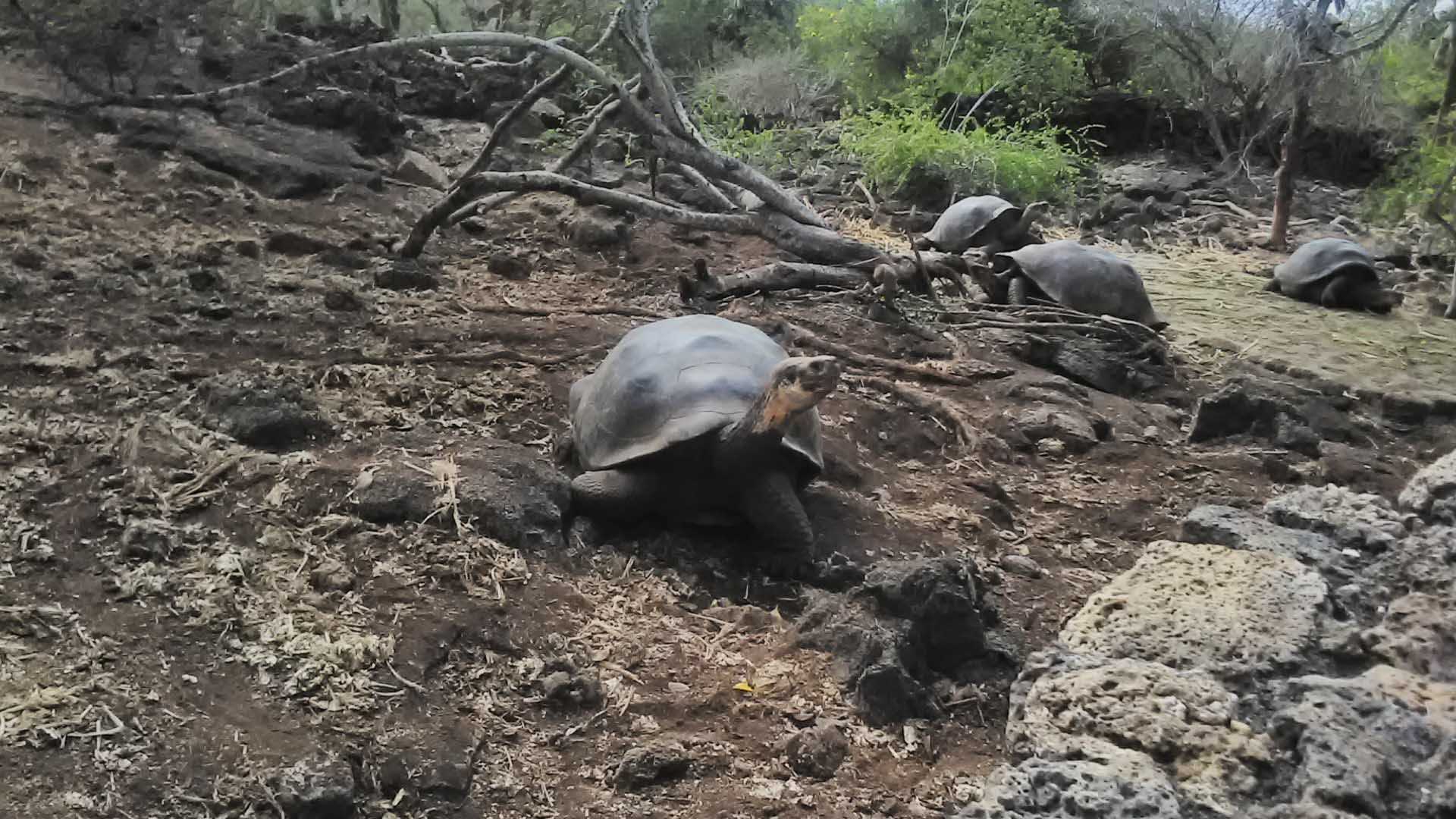The island is the second largest of the Galapagos archipelago, with a surface area of almost 1000 sq. km, and a population of approximately 20,000 people.
This island is a must see for visitors, because there are two important organizations based here: the Charles Darwin Research Station and the Galapagos National Park Service. These two groups have been running several conservations projects, since 1959. One of the most important programs is the captive breeding of five species of giant tortoises—one of these species from the island of Espanola was at the verge of extinction, with only 14 individuals left, 12 females and 2 males. Nowadays, thanks to the efforts of this program, the population has grown to around 1,500.
After this very interesting visit, we walked through the town of Puerto Ayora, and we had the chance to see some souvenirs shops, local art and craft galleries, and perhaps the main attraction in town, the fishing dock, where local fishermen bring their daily catch. Birds such as frigates and pelicans, as well as sea lions, are ready to steal a piece or gobble up the leftovers.
Soon after this visit, we went to a sugar cane farm located out of town, where we learned about the process of artisanal distillation of alcohol with the use of sugar cane fermented juice. We also saw the making of brown sugar and coffee among other interesting things. Later on, we drove to a local country-style restaurant, where we had a wonderful lunch.
After lunch, we started a hike at another nearby farm, to see the giant tortoises in the wild. These beautiful animals were wandering freely and grazing around the forest of this place, and we ended seeing about 30 or more of them. It was amazing to see them thriving in their natural environment, were they have been living for many thousands of years.
At the very end of the visit, we paid a visit to a lava tube, another amazing volcanic feature of Santa Cruz Island. This has been another amazing day in the Galapagos.







